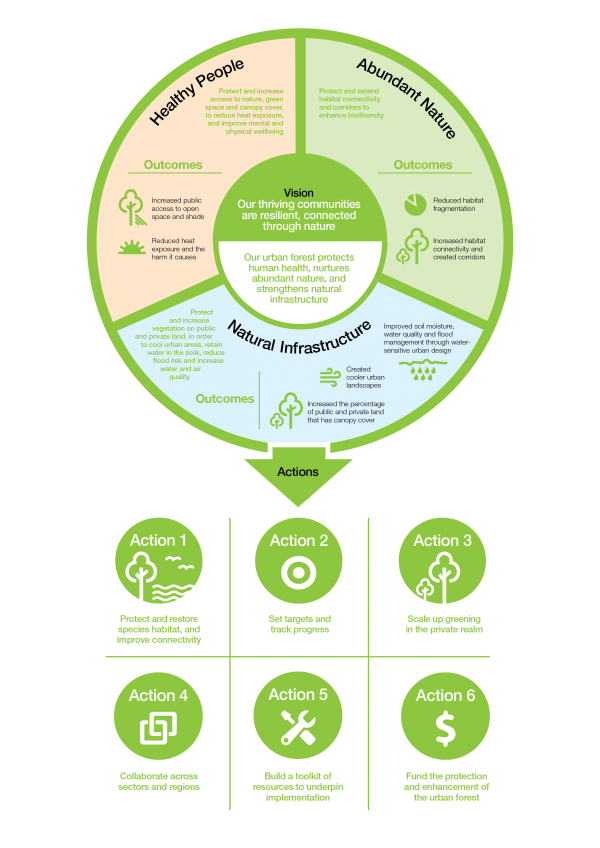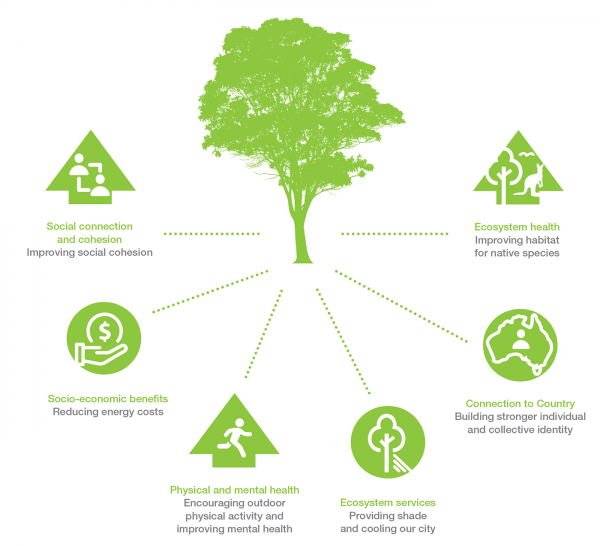Background
A Few Words About Us
Living Melbourne is the cumulative result of over four years of collaboration to develop the evidence base and actions required to connect, extend and enhance urban greening across Melbourne’s metropolitan area. Living Melbourne has been endorsed by 41 organizations representing local government, Victorian government, water authorities, statutory agencies and industry bodies. Living Melbourne brings together councils, state government agencies, non-government and community organisations, residents, and other partners, to work towards a shared vision for the urban forest: our thriving communities are resilient, connected through nature.
The Living Melbourne Program is currently exploring new funding options. However, the focus to date has been on extending the collective, metropolitan-scale collaboration and the strong foundation of urban forest initiatives already started or under way in Melbourne. In this way we can bring city-wide benefits that could not be achieved by individual neighbourhoods, infrastructure operators, businesses or governments acting alone.
Beyond delivering critical services, nature provides our communities and economy with valuable co-benefits that build community resilience and support individual wellbeing. The integration of natural spaces in the urban environment helps solve important problems and improves the daily lives of a diverse and growing urban population.
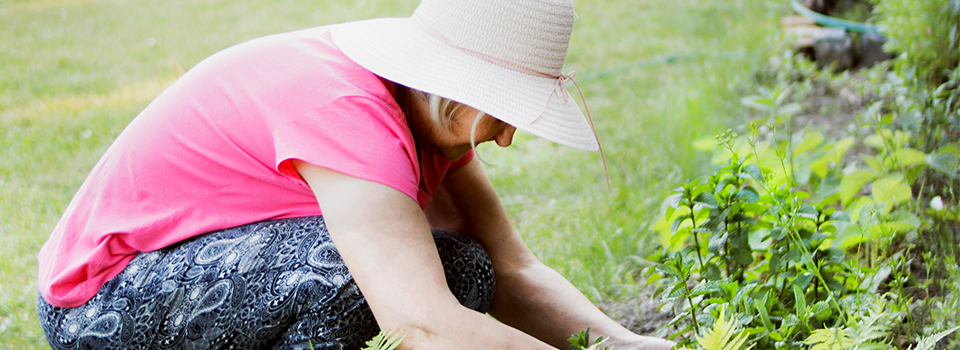
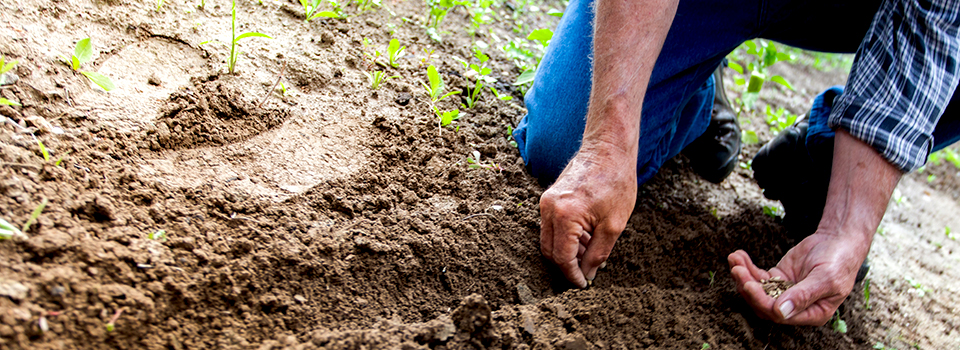
Why does Melbourne need an urban forest strategy?
Changes in urban form, a growing population and climate change – including increasing urban heat – leave Melbourne’s greenery vulnerable, and could severely compromise the benefits derived from urban nature like cleaner air and water, reduced heat and habitat for wildlife.
Melbourne needed a plan to reverse this current and future decline and sustain Melbourne’s liveability for people and nature, across the entire city and its suburbs. Evidence strongly supports that thriving urban nature means healthier urban people.
Living Melbourne: our metropolitan urban forest is that plan. It’s a bold new strategy for a greener, more liveable Melbourne into the future. It presents a vision of international significance for its massive scale, its outstanding collaboration, and its use of new and innovative mapping technology.
A lot of valuable work is already being done by Melbourne’s 32 councils, the Victorian State Government, non-government and community organisations and private landowners. What has been missing until now is a way for this work to be coordinated, connected and supported at a metropolitan-wide scale. Living Melbourne brings stakeholders together in partnership to align existing work and commit to and inspiring future vision, together: Our thriving communities are resilient, connected through nature.
Living Melbourne has three main goals:
- Healthy people: Protect and increase access to nature, green space and canopy cover to reduce heat exposure and improve mental and physical wellbeing
- Abundant nature: Protect and extend habitat connectivity and corridors to enhance biodiversity
- Natural infrastructure: Protect and increase vegetation on public and private land, in order to cool urban areas, retain water in the soils, reduce flood risk and increase water and air quality
Living Melbourne sets out six key actions as the way forward so we can combine the efforts of all the interested parties to realise the vision of thriving communities that are resilient and connected through nature.
Building resilience in the face of urban challenges
The urban forest is made up of native and exotic trees, shrubs, grasslands and other vegetation, growing on public and private land across metropolitan Melbourne, and the soil and water that supports them. This includes vegetation in parks, reserves and private gardens; along railways, waterways, main roads and local streets; and on other green infrastructure such as green walls and roofs.
Urbanisation, globalisation and climate change are causing more people to move to cities. This presents a series of challenges which reduce and threaten the liveability of those cities. More than ever before, we need nature in our cities. Although growth brings tremendous opportunities for innovation and economic development, it also threatens the natural environment and the many ecosystems it provides to Melburnians.
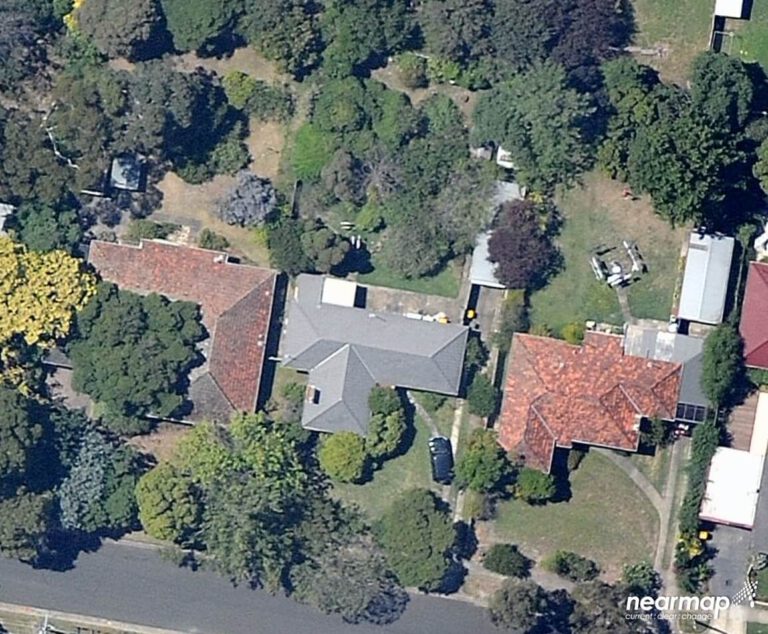 Before
Before
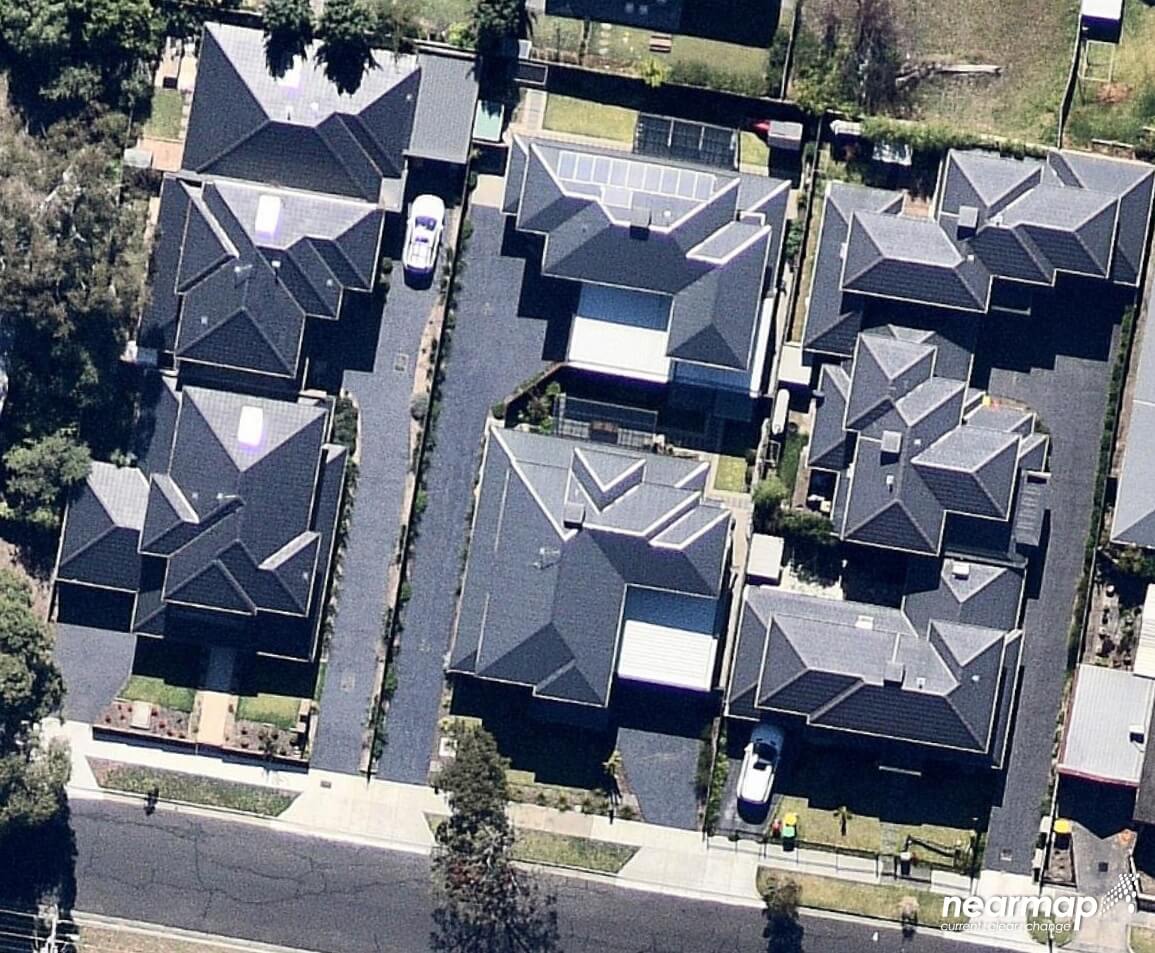 After
After
Beyond delivering critical services, nature provides our communities and economy with valuable co-benefits that build community resilience and support individual wellbeing. The integration of natural spaces in the urban environment helps solve important problems and improves the daily lives of a diverse and growing urban population.
